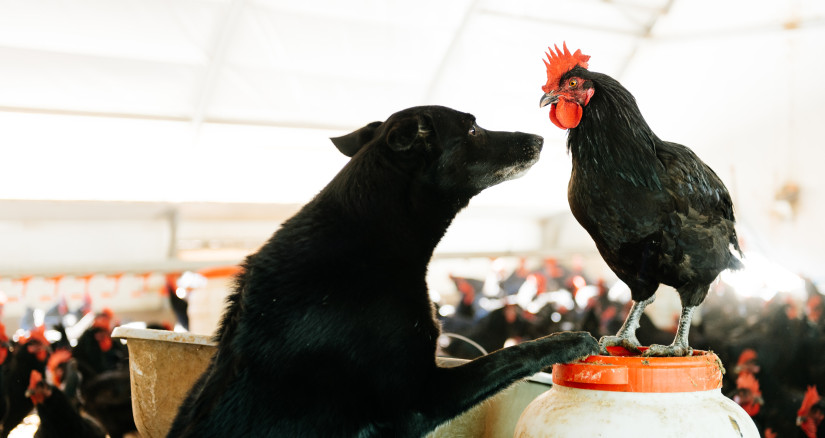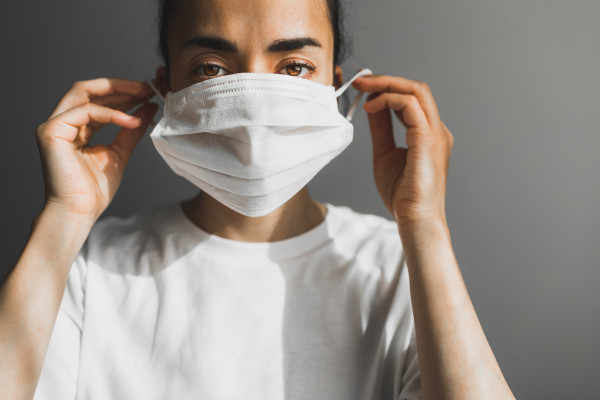
HPAI H5N1: Cross-Species Transmission Raises the Stakes
Highly Pathogenic Avian Influenza (HPAI) H5N1 outbreaks have been top of mind in the human food and pet food worlds for the past two to three years. Multiple outbreaks in the US and other countries have caused concern not just for animal agriculture but for human health, as well. Increased egg prices and shortages have been felt by all consumers over the past couple of years. So far, the chicken broiler sector—the segment of the poultry industry that supplies chicken meat and associated products—has been less affected than egg layers. But there continues to be an associated risk, as the only current management practices in the US are vigilance, monitoring, and depopulation. The US continues to evaluate vaccination; however, poultry export trade ramifications continue to get in the way of helping to control endemic livestock diseases with traditional tools such as vaccination.
Maybe even more importantly with these H5N1 outbreaks, more cross-species transmission has been observed in the US, with a higher prevalence reported in the past two years. As of June 2025, 17 states have reported cases of H5N1 in dairy cattle. To put this into perspective, the first known case of H5N1 in cows in this current outbreak episode was detected in March 2024. The zoonotic transmission of H5N1 from birds or cows to people has risen to 67 people by early 2025. So far, the mortality of H5N1 in the US appears to be low, as only one case resulted in death from a person believed to have pre-existing health conditions. Having said this, research has shown that even though the main reservoir for H5N1 has been birds, the virus can adapt to other species such as cats, cattle, raccoons, opossums, lions, seals, and humans.

Photo by jirkaejc
Of specific interest in cross-species transmission is H5N1 clade 2.3.4.4b. Simplistically, a clade can be described as a “subdivision of the species.” This particular clade of H5N1 has been identified in almost all the transmissions of H5N1 from birds to other animal species.
The most common way that H5N1 clade 2.3.4.4b is transmitted is through direct contact with infected birds or their waste. However, a recent CDC publication highlights that even though direct contact with infected birds continues to be the most common way for H5N1 to be spread, transmission through fomites (contaminated inanimate objects) and aerosolized transmission are possible. This comes as more research is uncovering how this virus may be adapting to potentially become more virulent (disease-causing) to species other than birds.
HPAI H5N1 belongs to the viral family Influenza A. Influenza A virus subtypes H1N1, H2N2, H5N1, and H7N9 are primarily associated with human outbreak significance. Historically, many viral human pandemics from the Influenza A family viruses include the Spanish flu in 1918, the Asian flu in 1957, the Hong Kong flu in 1968, and the Swine flu in 2009. All of these widespread human occurrences were associated with aerosolized transmission, such as coughing and sneezing.

Photo by olegbreslavtsev
Generally, the more pathways disease-causing organisms have to spread—both between animals of the same species and across different species—the greater their virulence, or ability to cause disease It is well known that viruses that belong to the Influenza A family, such as HPAI H5N1, can have the potential to mutate or adapt to different hosts. Another important concept that we have to keep in mind regarding HPAI H5N1 is that it is considered endemic (continually present) in wild bird populations. Anytime a virus or other disease-causing agent is endemic in a wild animal population, eradication is virtually impossible to achieve, and one of the primary ways to help control such a problem is through effective vaccination regimens of domestic animals that are at risk.
The current HPAI H5N1 outbreak has already significantly affected some of the human food and pet food supply chains. As we get updated research on different transmission routes, it becomes more important than ever to remain vigilant for health concerns for our pets as well as ourselves, as potentially new transmission routes are identified.
Follow us on LinkedIn for the latest updates on all things happening here at BSM Partners.
About the Author
Dr. Bradley Quest, DVM, is the Principal Veterinarian at BSM Partners. He has practiced clinical veterinary medicine, developed and tested hundreds of pet food and health products, performs extensive animal health research, and helps navigate pet food ingredient approval for clients.
This content is the property of BSM Partners. Reproduction or retransmission or repurposing of any portion of this content is expressly prohibited without the approval of BSM Partners and is governed by the terms and conditions explained here.